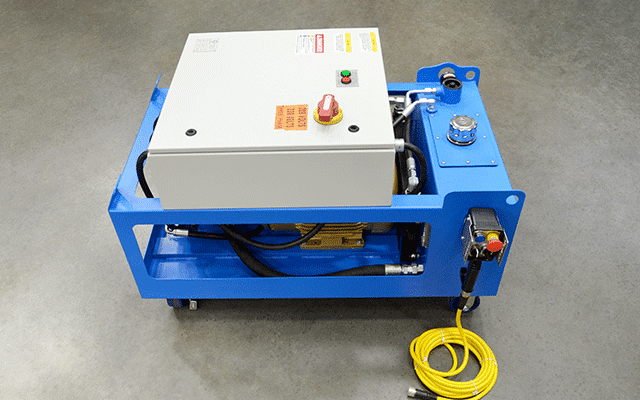Iran Sends Rocket Into Space Amid Faltering Nuclear Talks
TEHRAN—Iran launched a rocket into area carrying what officers on Thursday said were being three study equipment, drawing notice to Tehran’s missile ambitions amid faltering intercontinental negotiations in excess of its nuclear plan.
The rocket, known as the Simorgh, is built to have satellites it was sent up about 290 miles, which an Iranian Protection Ministry spokesman advised state television was a record for this style of rocket. The ministry did not say when the start was carried out or no matter whether it experienced succeeded in placing the equipment into orbit. It did not give any particulars about the equipment.
Iran has examined the Simorgh rocket at minimum 5 times previously. Most of the exams failed.
Satellite carrier rockets aren’t portion of Iran’s ballistic-missile plan, but U.S. intelligence officers have said that numerous of the parts in rockets this kind of as the Simorgh can be repurposed for very long-range ballistic missiles. Iran claims its rocket exams are for civilian uses and aren’t linked to its military ambitions.
The announcement adopted a exam previous 7 days of 16 brief- to medium-range ballistic missiles through a military drill in southern Iran.
It also arrives as Iranian and Western diplomats are huddled in difficult talks in excess of Iran’s nuclear plan in Vienna. Negotiators are expected to reconvene on Monday just after breaking for New 12 months.
The U.S. left the deal in 2018 and imposed stringent economic sanctions that have battered Iran’s financial system. In response, Tehran has violated most of the crucial tenets in the settlement, lowering the time it would have to have to develop more than enough nuclear fuel for a person weapon to as very little as a month. It has amplified uranium enrichment from the 3.sixty seven% level authorized underneath the settlement to sixty%, a brief complex phase from ninety% weapons quality, and curtailed access for intercontinental nuclear inspectors.
The Vienna talks, aimed at finding a route back again to compliance with the deal for Iran in return for sanctions reduction, have manufactured very little progress given that resuming in November.
Diplomats have regularly warned that as Iran carries on to progress on its nuclear enrichment, time is jogging out to restore the deal in a way that meaningfully curbs the time Tehran would have to have to develop a bomb, a central objective of the first deal. Iran insists that it does not seek out nuclear weapons.
Diplomats now question a deal can be attained inside the timeline of a number of weeks set by Washington and the Europeans.
The 2015 nuclear deal does not deal with Iran’s conventional missile plan, which was a main rationale stated by former President
Donald Trump
for withdrawing the U.S. from it. President Biden has said he intends to rejoin the deal as a basis for broader negotiations about Iran’s conventional missile plan, a thing Iran has turned down.
The U.S. seeks to stop Iran from developing ballistic missiles, which pose a terrific risk to its regional allies and can be utilized to have nuclear warheads.
However, intercontinental nonproliferation experts say Iran has manufactured additional stressing improvements on various kinds of rockets, with motors propelled by solid fuel, a crucial part in intercontinental ballistic missiles. The Simorgh is propelled by liquid fuel.
Iran’s Islamic Groundbreaking Guard Corps in 2020 launched their initial military satellite into area, using rockets that Washington said could assist advance its ballistic-missile plan as the technological innovation in the two kinds of launches was identical.
Previously this yr, Iran examined a new rocket, named Zuljanah, created to mail civilian satellites into orbit 310 miles higher than floor, but whose technological innovation could be simply transferred to Iran’s military-missile plan operate by the Guards.
—Laurence Norman contributed to this short article.
Create to Sune Engel Rasmussen at [email protected]
Copyright ©2021 Dow Jones & Corporation, Inc. All Rights Reserved. 87990cbe856818d5eddac44c7b1cdeb8
Appeared in the December 31, 2021, print version as ‘Tehran Launches Rocket As Talks Falter.’







